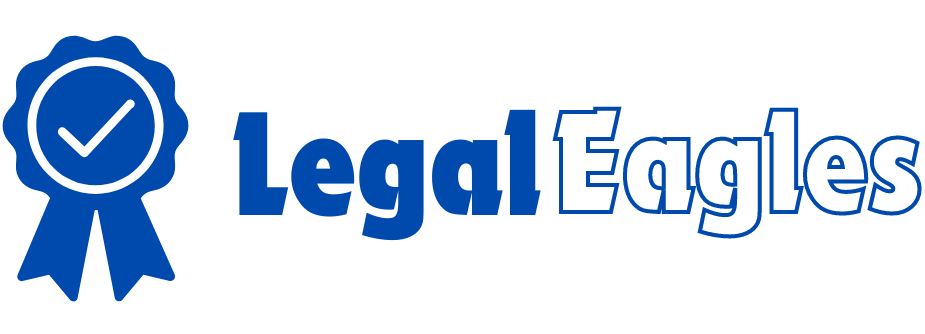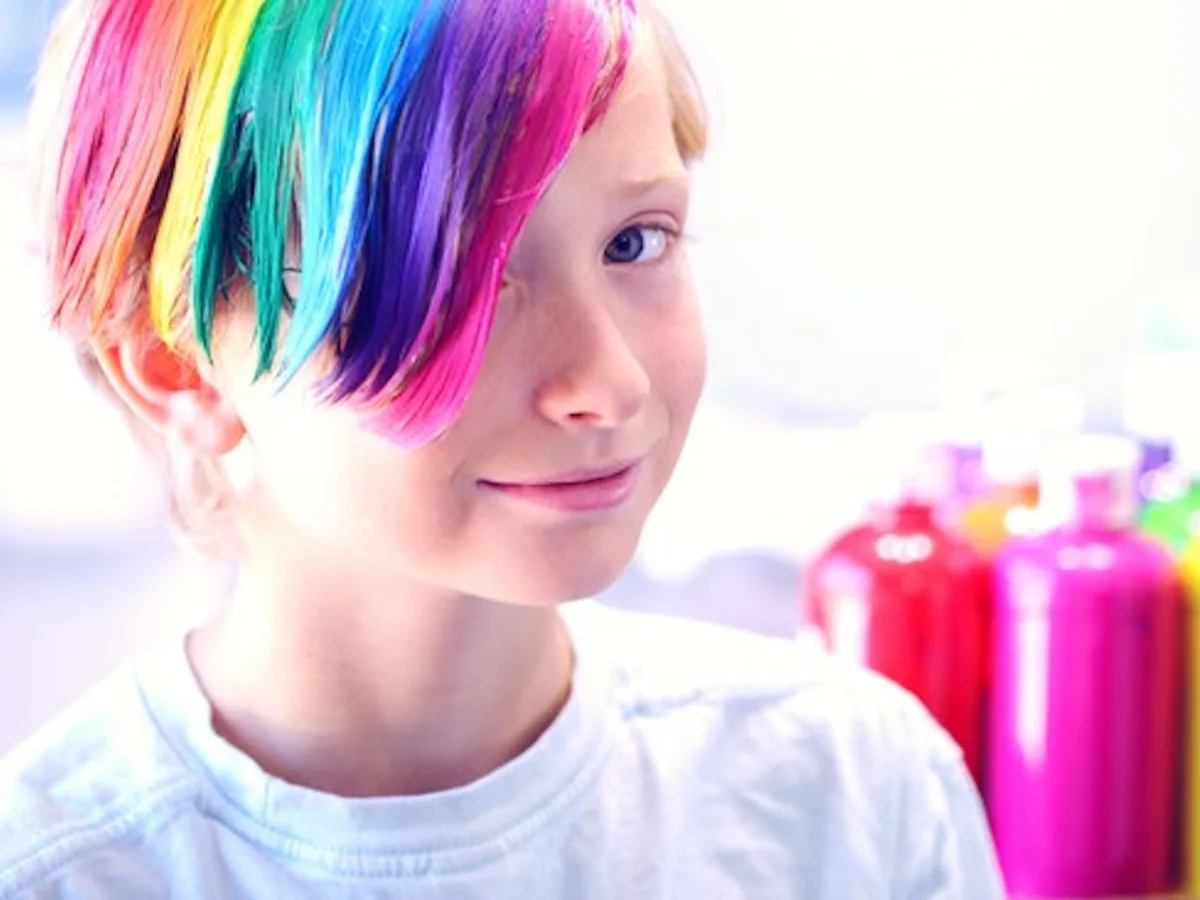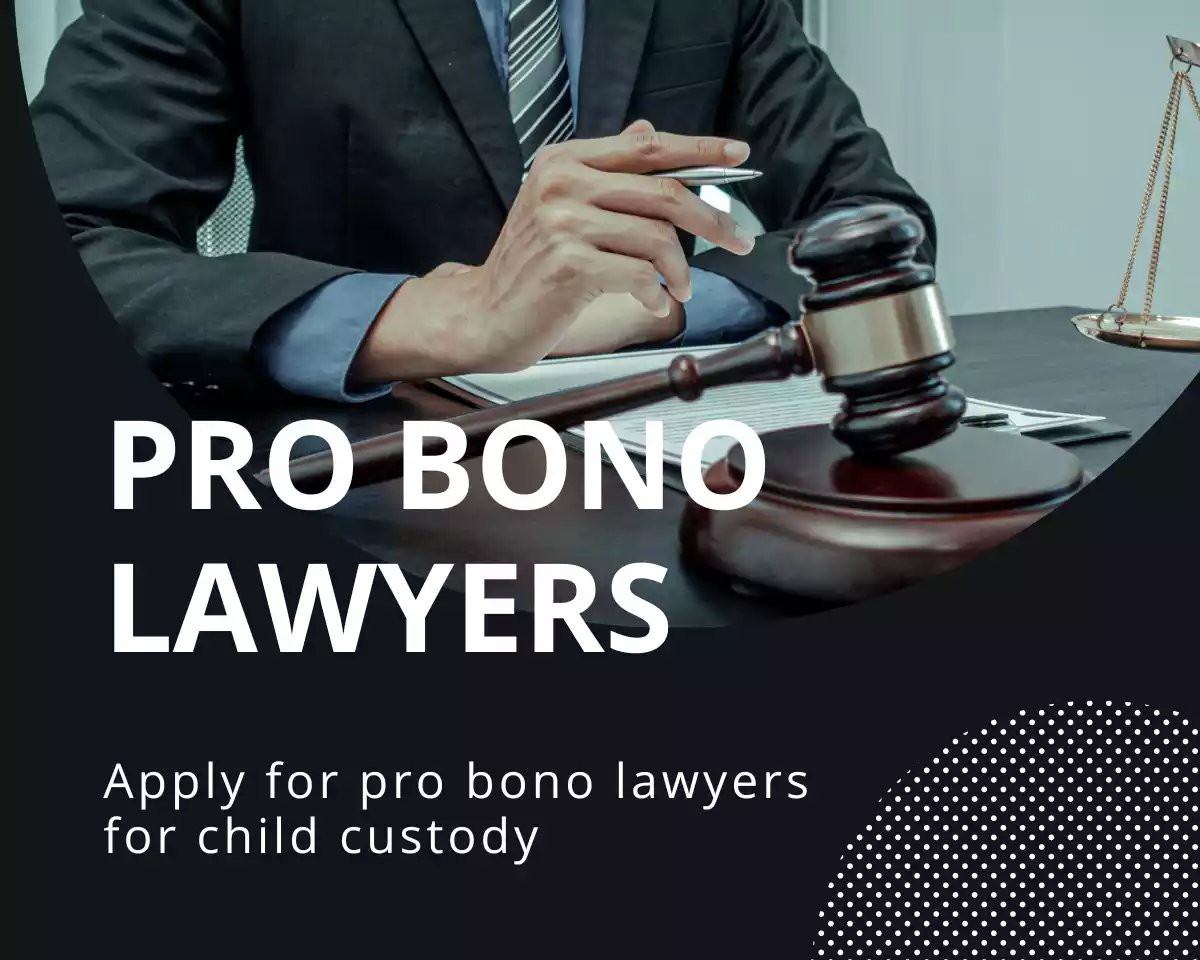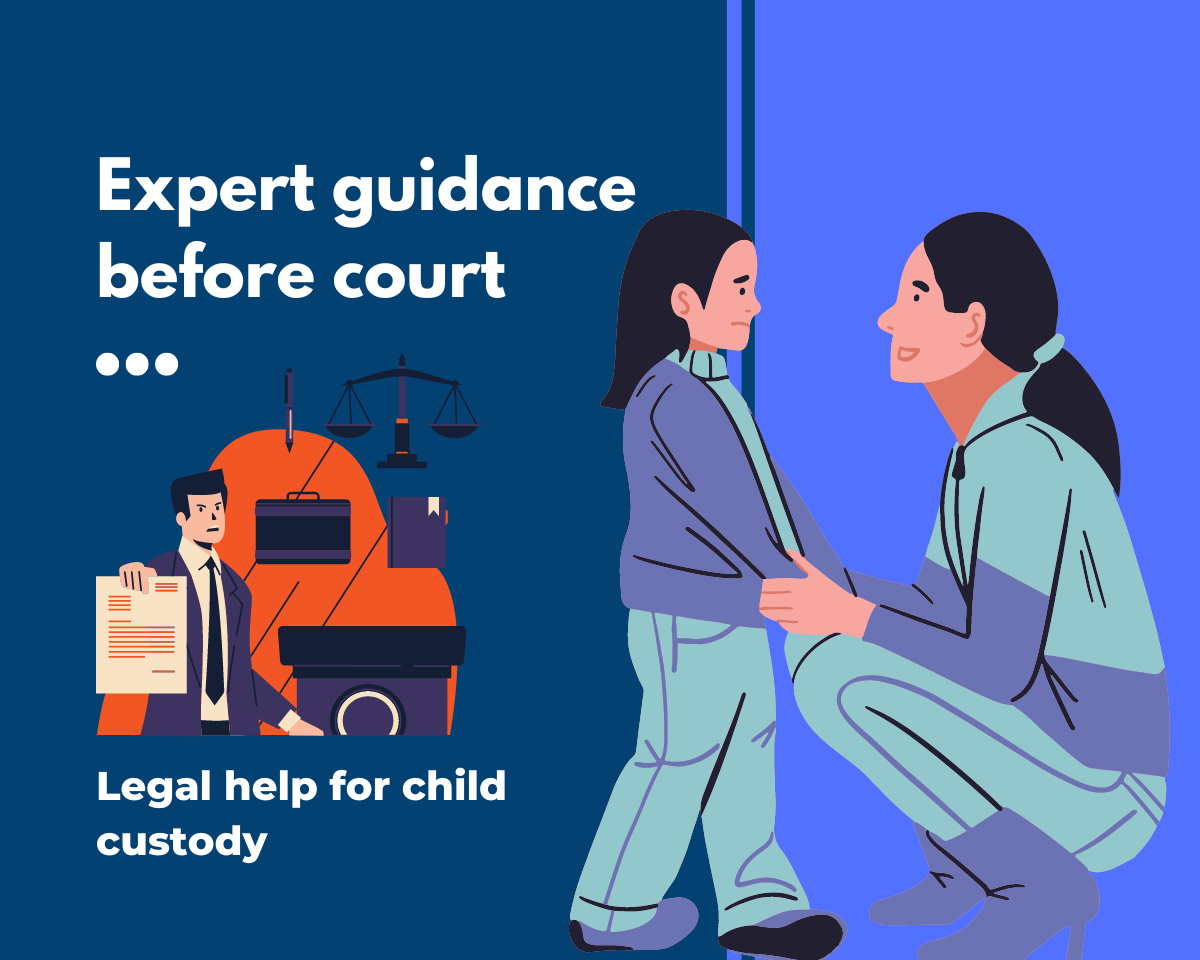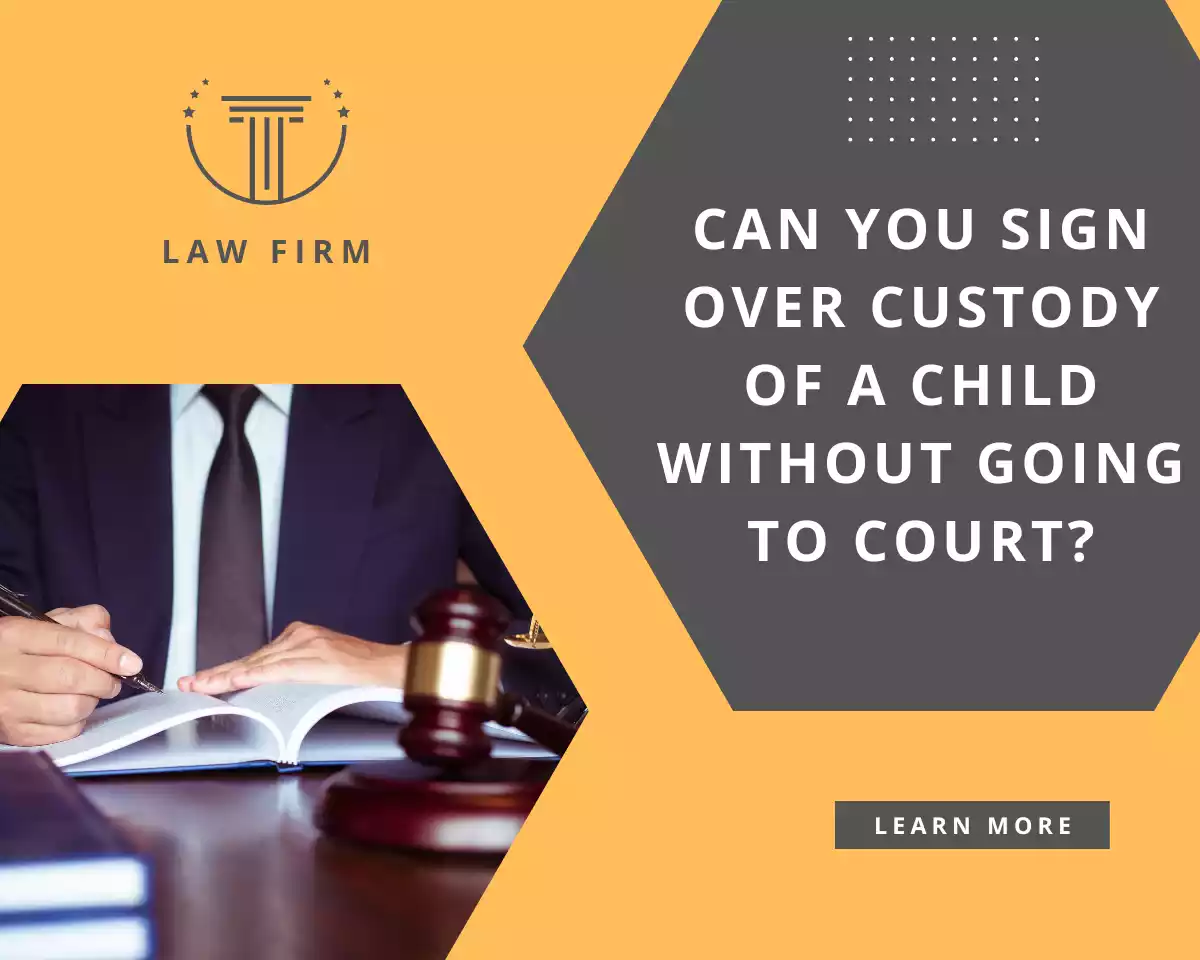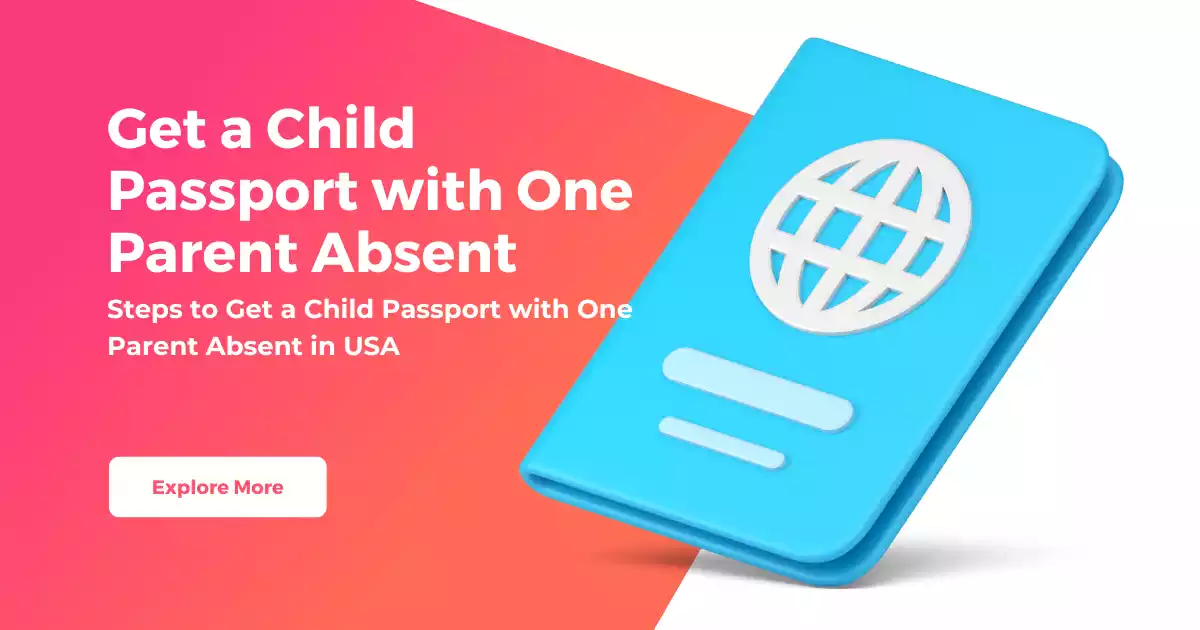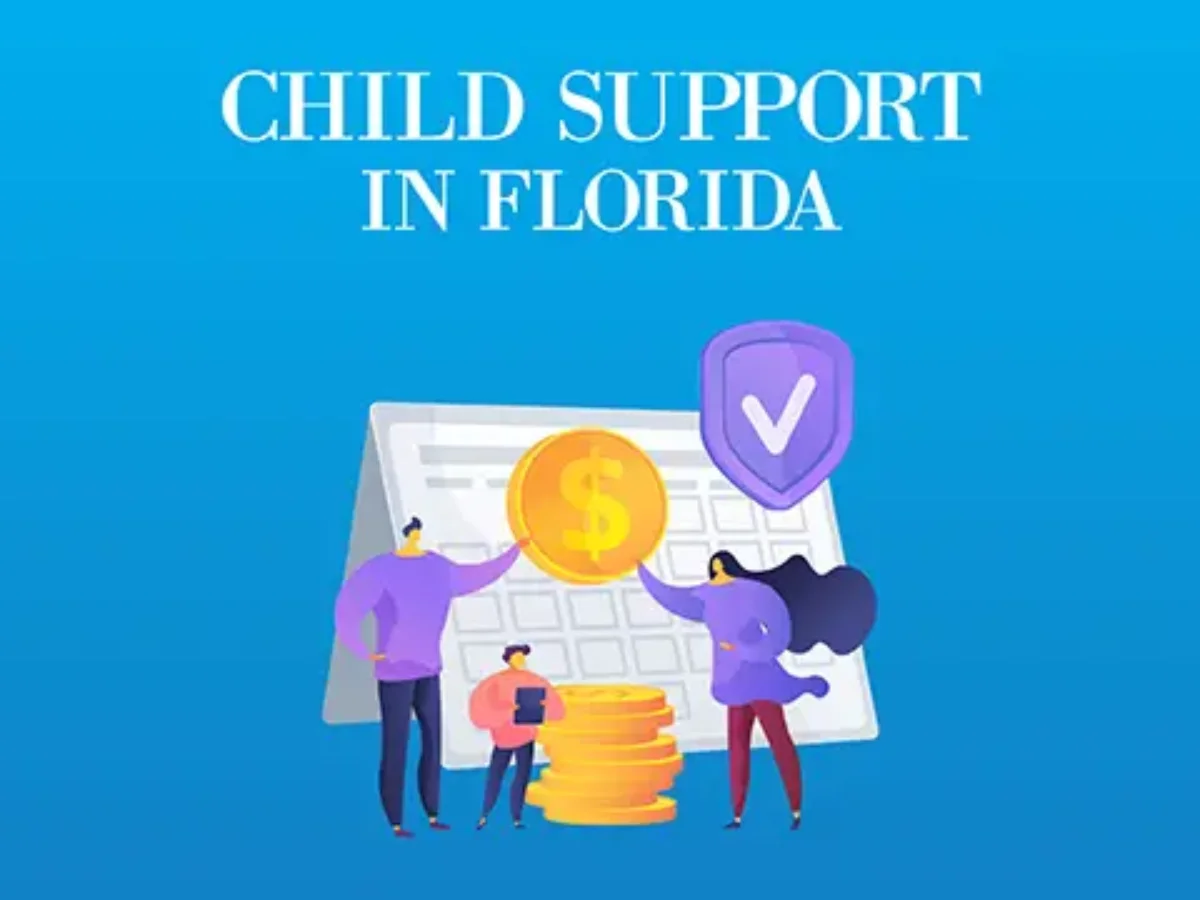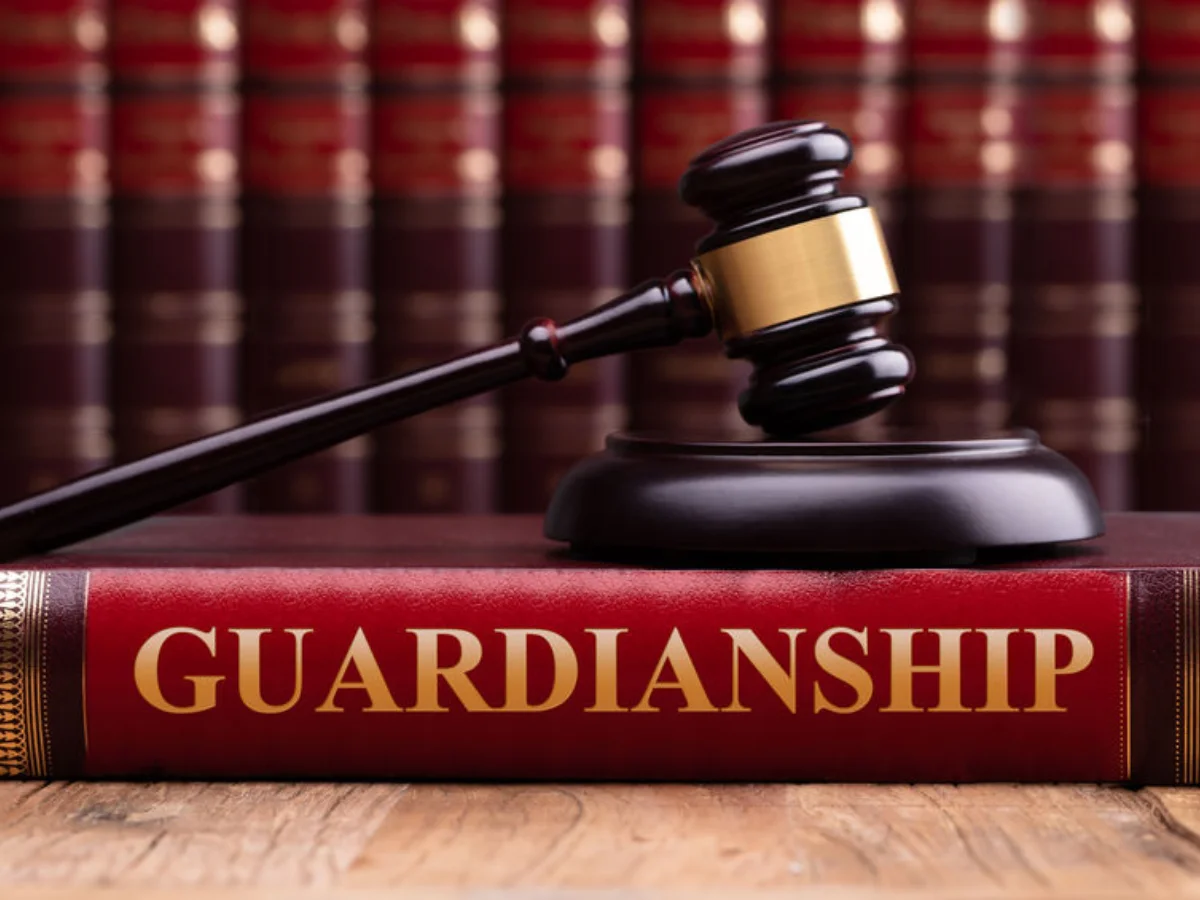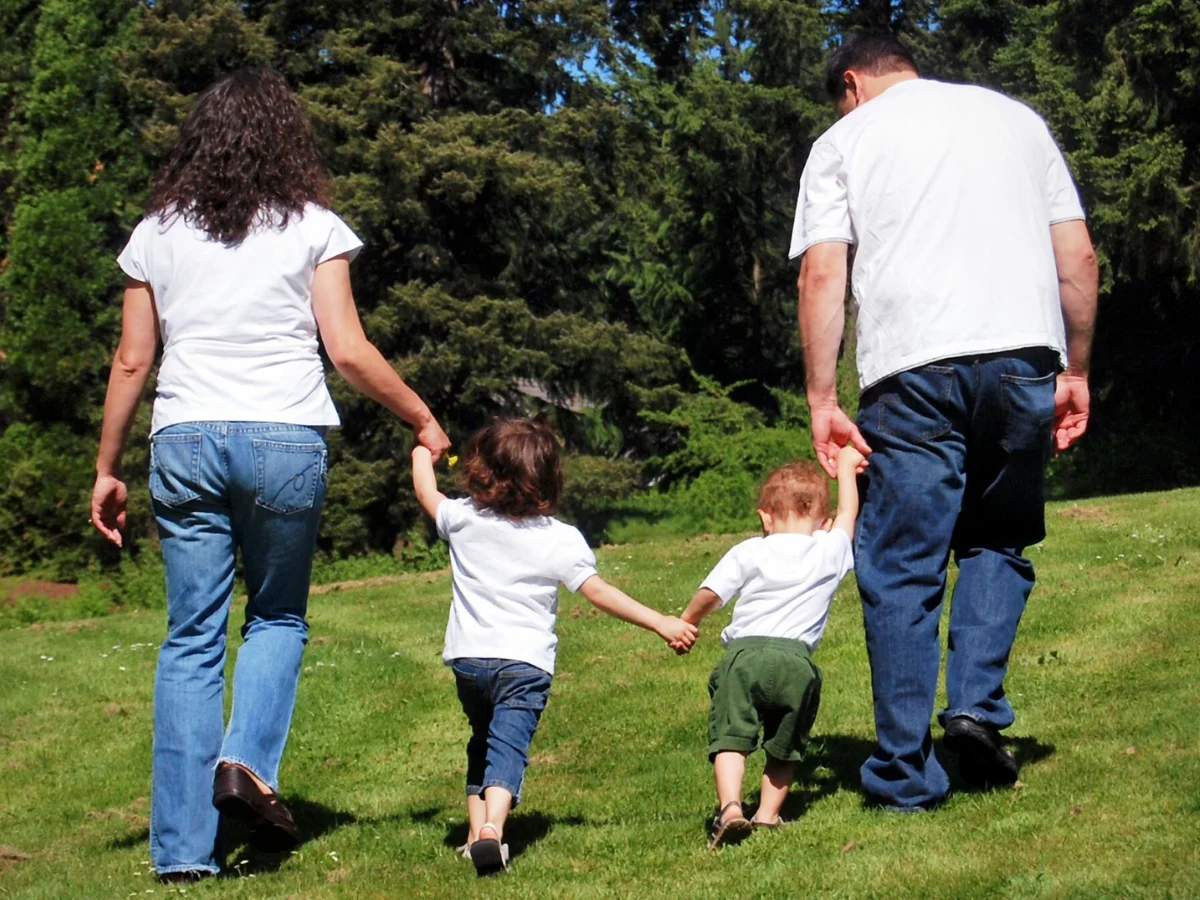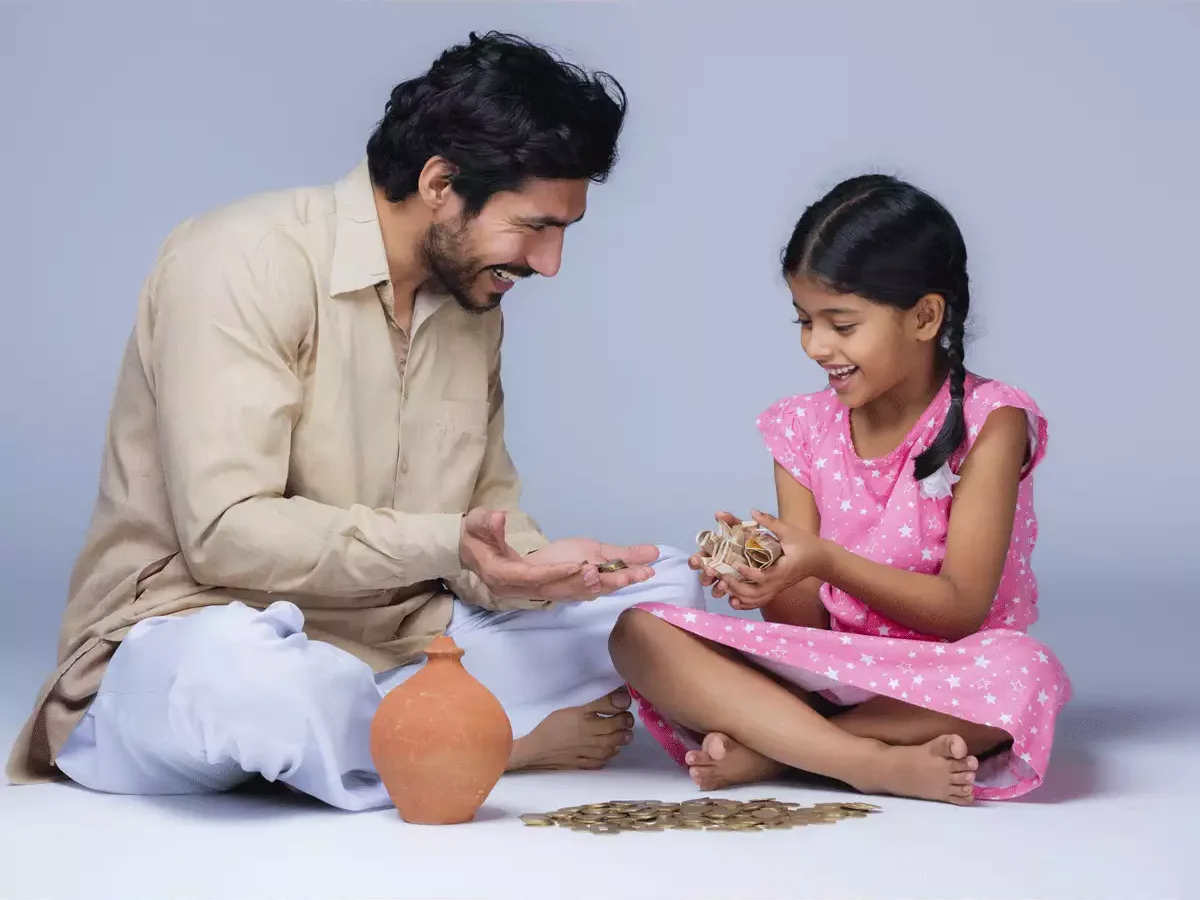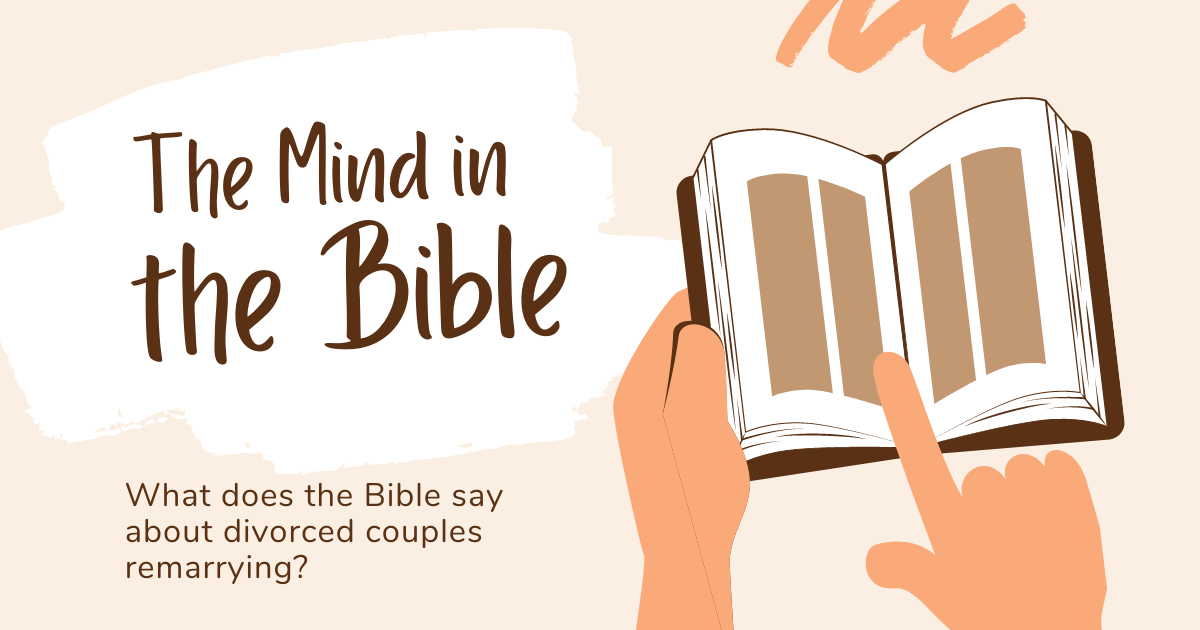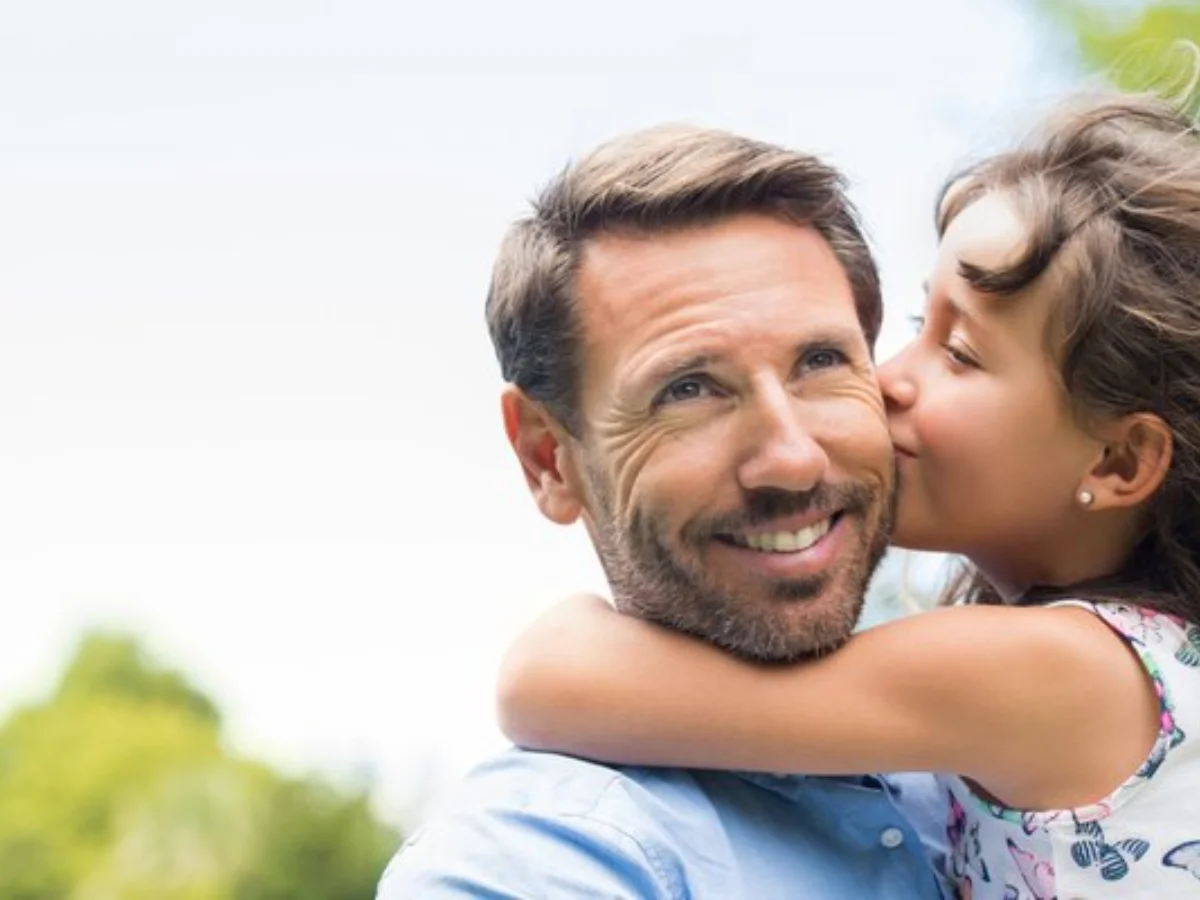Understanding the Legal Parameters
Dyeing a child’s hair raises questions regarding legality, parental consent, health and safety, social impact, and any legal or cultural variances.
Parental Consent and Legal Age
Parental Approval for Hair Dye
Parents’ consent is crucial for any changes in a child’s appearance, including hair dyeing, ensuring their involvement in the decision-making process.
Age Restrictions and Legal Considerations
Different regions or countries may impose age restrictions or have specific legal considerations regarding hair dye for minors.
Health and Safety Concerns
Health Risks and Allergic Reactions
Hair dye can pose health risks or cause allergic reactions in children due to their sensitive skin. Understanding the risks is essential.
Safe Dye Practices for Children
Following safe dye practices designed for children’s hair can minimize health risks and allergic reactions.
Social and Psychological Impact
Child’s Autonomy and Expression
Allowing a child to express themselves through hair dyeing can enhance their autonomy and self-expression.
Societal Perceptions and Psychological Well-being
Societal perceptions and a child’s psychological well-being may be influenced by the decision to dye their hair, potentially affecting their self-esteem.
Legal and Cultural Variances
Legal Variances in Different Jurisdictions
Laws regarding dyeing a child’s hair may vary across different jurisdictions, making it crucial to understand the local legal landscape.
Cultural Perspectives and Norms
Cultural norms and perspectives on self-expression and individuality can significantly impact whether dyeing a child’s hair is socially acceptable.
Conclusion
The act of dyeing a child’s hair involves considerations of legality, parental consent, health and safety, social impact, and legal or cultural variances.
FAQs (Frequently Asked Questions)
1. Can I legally dye my child’s hair without their consent?
Dyeing a child’s hair without their consent might have legal implications. Parental consent is crucial for any changes in a child’s appearance.
2. Are there specific age restrictions for dyeing a child’s hair?
Age restrictions for dyeing a child’s hair might vary. Check local laws or consult with a legal advisor for specific regulations in your area.
3. What are the potential health risks associated with dyeing a child’s hair?
Potential risks include skin irritation, allergic reactions, or exposure to harmful chemicals. Using safe dye practices is recommended.
4. Is it against the law to dye a child’s hair in every country?
Laws and cultural norms vary. It’s essential to understand the legal landscape and cultural perspectives in your region.
5. How can I ensure dyeing my child’s hair is safe and acceptable?
Seek parental consent, follow safe dye practices, and understand the legal and cultural considerations in your area for a safe and acceptable experience.
Read More: https://www.courtsandchildren.org/
More Related:
What Happens If Custodial Parent Doesn’t Pick Up Child
Pathological Liar Child Custody: Impact, Recognition, and Resolution
How to Deal with a Pathological Liar Child: Strategies for Parents
Can Child Support Take Life Insurance from Beneficiary in Texas: Understanding Legal Implications
How to Obtain Full Custody of an Unborn Child: Legal and Practical Considerations
My Child Was Injured at School and I Was Not Notified: What Next?
What to Do if a Child is Injured at School as a Teacher
Contents
- 1 Understanding the Legal Parameters
- 1.1 Parental Consent and Legal Age
- 1.2 Health and Safety Concerns
- 1.3 Social and Psychological Impact
- 1.4 Legal and Cultural Variances
- 1.5 Conclusion
- 1.6 FAQs (Frequently Asked Questions)
- 1.6.1 1. Can I legally dye my child’s hair without their consent?
- 1.6.2 2. Are there specific age restrictions for dyeing a child’s hair?
- 1.6.3 3. What are the potential health risks associated with dyeing a child’s hair?
- 1.6.4 4. Is it against the law to dye a child’s hair in every country?
- 1.6.5 5. How can I ensure dyeing my child’s hair is safe and acceptable?
